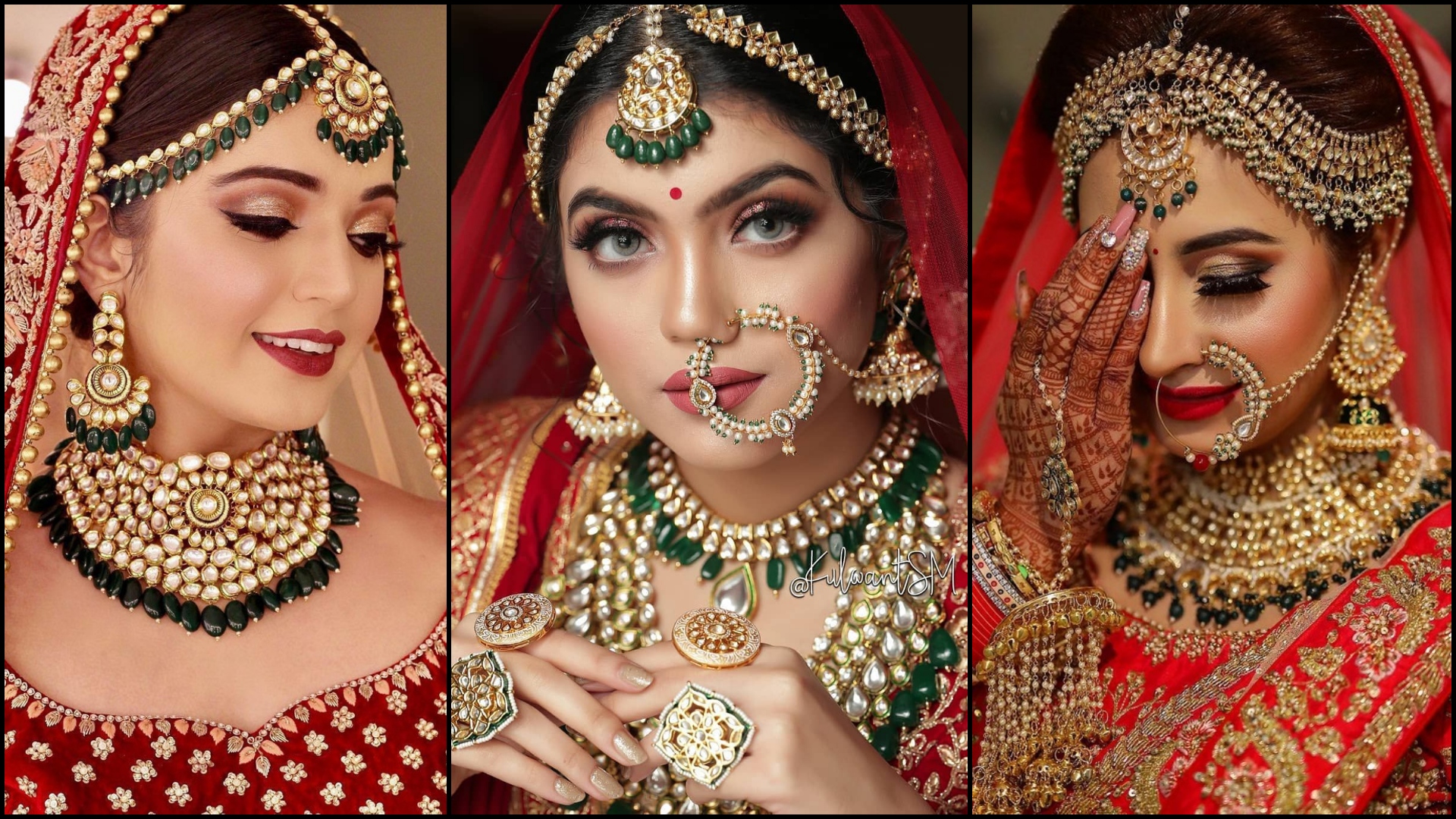Are you looking to become a fashion designer? With the right skills and knowledge, it can be an incredibly rewarding career. It’s not just about following trends and being creative; there is much more to becoming a successful fashion designer. In this article, we will discuss the steps you need to take to become a fashion designer and provide the latest resources and results that are available in the industry.
Fashion Designer Career
To become a fashion designer, it’s essential that you have an eye for design and aesthetics. You should be able to conceptualize ideas and bring them to life while keeping up with the latest trends in the industry. A degree in fashion design or a related field can help you lay a solid foundation for your career as a fashion designer.
Another important aspect of becoming a successful fashion designer is building connections within the industry. Interning with established designers or working at retail stores can provide valuable experience and networking opportunities. It’s also important to create a strong portfolio showcasing your abilities as a designer.
As demand for sustainable and ethical fashion grows, aspiring fashion designers should consider incorporating eco-friendly materials into their designs. Being able to market yourself as someone who has an eye for both style and sustainability will set you apart in the fiercely competitive world of fashion design.
Prerequisites: Education, Skills
Education and skills are two essential prerequisites that can help you become a successful fashion designer. A formal education in fashion design or related fields like textiles, merchandising, or apparel production can provide you with the technical knowledge needed to excel in this field. You can consider enrolling in a degree program at a reputed institute or university to attain the basic theoretical and practical knowledge required for becoming a fashion designer.
Apart from formal education, having some crucial skills is equally important to succeed as a fashion designer. Creativity, strong communication abilities, attention to detail, and problem-solving skills are some of the key traits that every aspiring fashion designer should possess. Additionally, keeping up with the latest trends and technological advancements can aid you in creating innovative designs that resonate with your audience.
In conclusion, while pursuing formal education can give you an edge over others in terms of technical expertise, it’s also vital to hone your skills continually to stay relevant in the ever-changing world of fashion design.
Professional Paths: Design Schools, Apprenticeships
For aspiring fashion designers, design schools and apprenticeships are two common paths toward a career in the field. Design schools offer programs that provide a comprehensive education in various aspects of fashion design, including pattern-making, textile selection, and sewing techniques. These programs usually last for several years and can result in a degree or certificate upon completion. Attending a design school also provides opportunities for networking with industry professionals and gaining valuable experience through internships.
On the other hand, apprenticeships offer a more hands-on approach to learning the craft. Aspiring designers work under the guidance of experienced professionals who teach them skills such as sketching designs, selecting materials, and creating prototypes. Apprenticeships often do not require formal education credentials but instead focus on practical training to hone one’s skills.
Overall, choosing between attending a design school or pursuing an apprenticeship depends on an individual’s personal goals and preferences. Both paths have their advantages and disadvantages; it is important to research thoroughly before making any decisions about professional development in the fashion industry.
Market Research: Trends, Influencers
Fashion is an ever-evolving industry, and staying up-to-date with the latest trends and influencers is crucial for success. Conducting thorough market research can help aspiring fashion designers stay ahead of the curve. By analyzing consumer behavior, purchasing patterns, and social media engagement, designers can identify emerging trends and influencers in the industry.
One major trend that has emerged in recent years is sustainable fashion. Consumers are increasingly conscious of their environmental impact and are looking for clothing made from eco-friendly materials or produced through ethical manufacturing processes. Another trend that has gained popularity is genderless clothing, as many consumers reject traditional gender norms in favor of a more fluid approach to identity.
In addition to trends, following key influencers in the fashion industry can also provide valuable insights for aspiring designers. Influencers such as editors, bloggers, stylists, and celebrities often have a significant impact on what’s popular at any given time. Keeping track of their social media posts and collaborations can help designers stay on top of current styles while also providing inspiration for new designs.
Creativity & Inspiration
Creativity and inspiration are essential for fashion designers, as they drive innovation and originality in the industry. One way to cultivate inspiration is by staying up-to-date with current fashion trends and attending fashion events, such as runway shows or exhibitions. This exposure can spark new ideas and help designers envision the latest styles. Additionally, brainstorming sessions with other creatives – such as stylists, photographers or makeup artists – can provide fresh perspectives.
Another way to nurture creativity is through personal experiences outside of the fashion world. Many successful designers draw inspiration from art, nature or travel. Immersing oneself in different cultures can also broaden horizons and inspire unique designs that cater to a diverse range of consumers. Ultimately, creativity is not limited to one particular source; it’s about finding what works best for each individual designer and channeling those inspirations into their work.
Technical Skills & Practices
To become a fashion designer, you need to have strong technical skills and practices. Technical skills refer to the knowledge of working with fabrics, patterns, colors, and textures. A good fashion designer should know how to choose the right fabric for a particular garment and understand how different colors work together.
Another important aspect of technical skills is pattern-making. You need to be able to create patterns that fit well on various body types and sizes. This requires knowledge of geometry, measurements, and proportions.
In addition to technical skills, a successful fashion designer must practice good habits such as time management and organization. This includes keeping accurate records of expenses and sales as well as staying up-to-date on industry trends through research and networking with other designers. By consistently practicing good habits along with honing your technical skills, you will be on your way towards becoming a successful fashion designer in no time!
Networking & Outreach
Networking and outreach are essential components of becoming a successful fashion designer. Making connections with industry professionals, attending events, and reaching out to potential clients can help you build your brand and gain exposure. One effective way to network is by joining professional organizations like the Fashion Group International or the Council of Fashion Designers of America. These groups offer opportunities to attend networking events, workshops, and seminars that can help you stay up-to-date on industry trends while meeting other designers.
Another great way to network is by attending fashion shows and events in your area. Even if you’re not showing your own collection yet, these events provide an excellent opportunity to meet other designers, stylists, models, buyers, editors, and influencers in the industry. It’s also important to reach out directly to potential clients or partners via email or social media. By introducing yourself and sharing your portfolio or lookbook online you could be opening doors for future collaborations with influential people who may have access to networks beyond imagination.
In conclusion, networking & outreach are key elements in building a successful career as a fashion designer. Building relationships with fellow designers, and professional organizations, attending events & reaching out directly via social media are some ways that can lead towards establishing long-term business relationships enabling growth & prosperity within the fashion industry.
Conclusion
In conclusion, becoming a fashion designer requires hard work, dedication, and a passion for the industry. The latest results show that the most successful designers have a strong understanding of design principles and an ability to create unique and innovative designs. It is also important to have knowledge of fabrics, textiles, and trends in order to stay ahead of the competition.
Another key factor in becoming a successful fashion designer is networking. Building relationships with industry professionals can open doors to new opportunities such as internships or collaborations. Additionally, having a strong online presence through social media platforms can help showcase your designs and reach potential clients.
Overall, there are many paths to success as a fashion designer but it ultimately comes down to putting in the work and constantly pushing yourself creatively. With determination and persistence, anyone with a passion for fashion can make their dreams a reality in this exciting industry.






